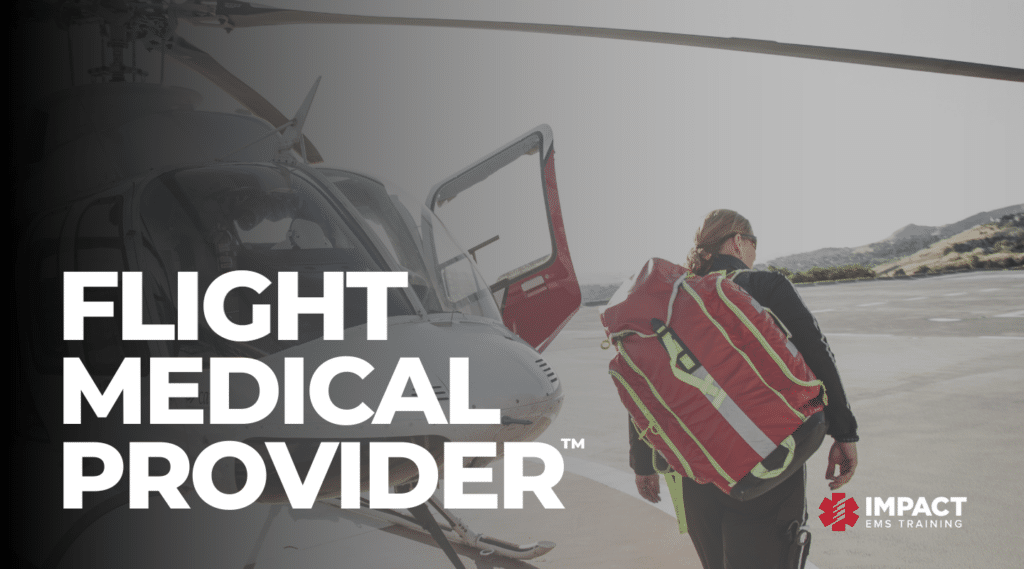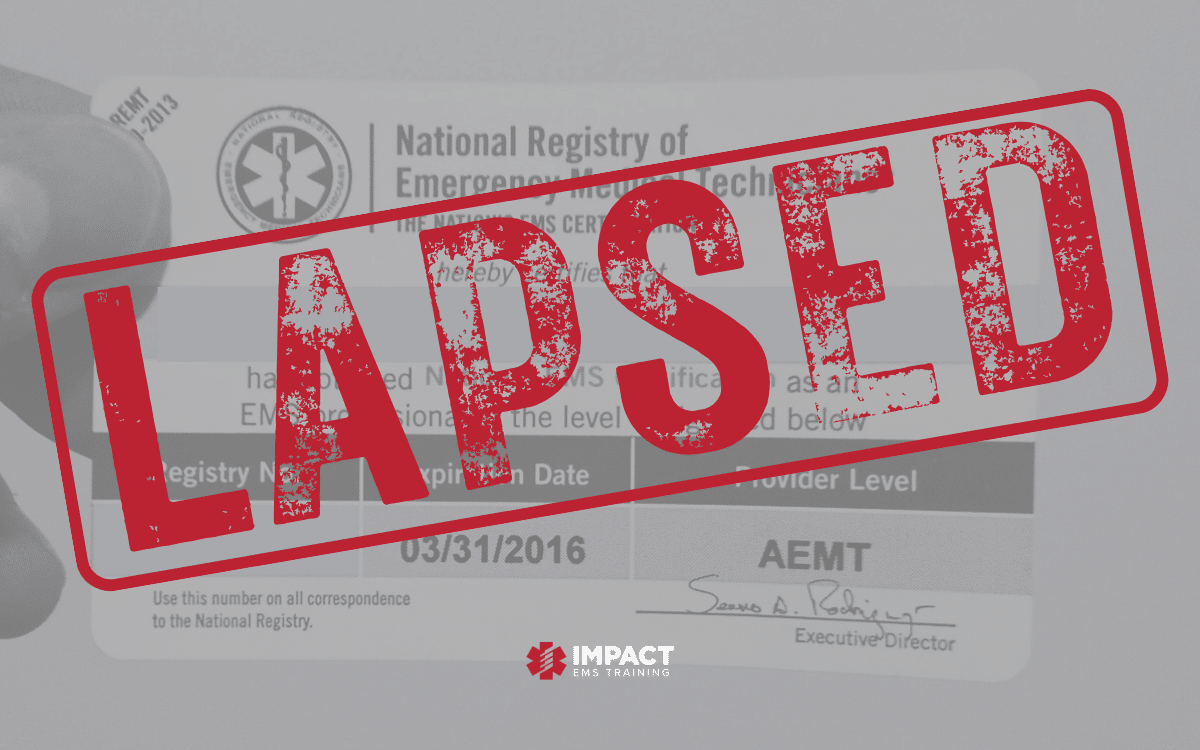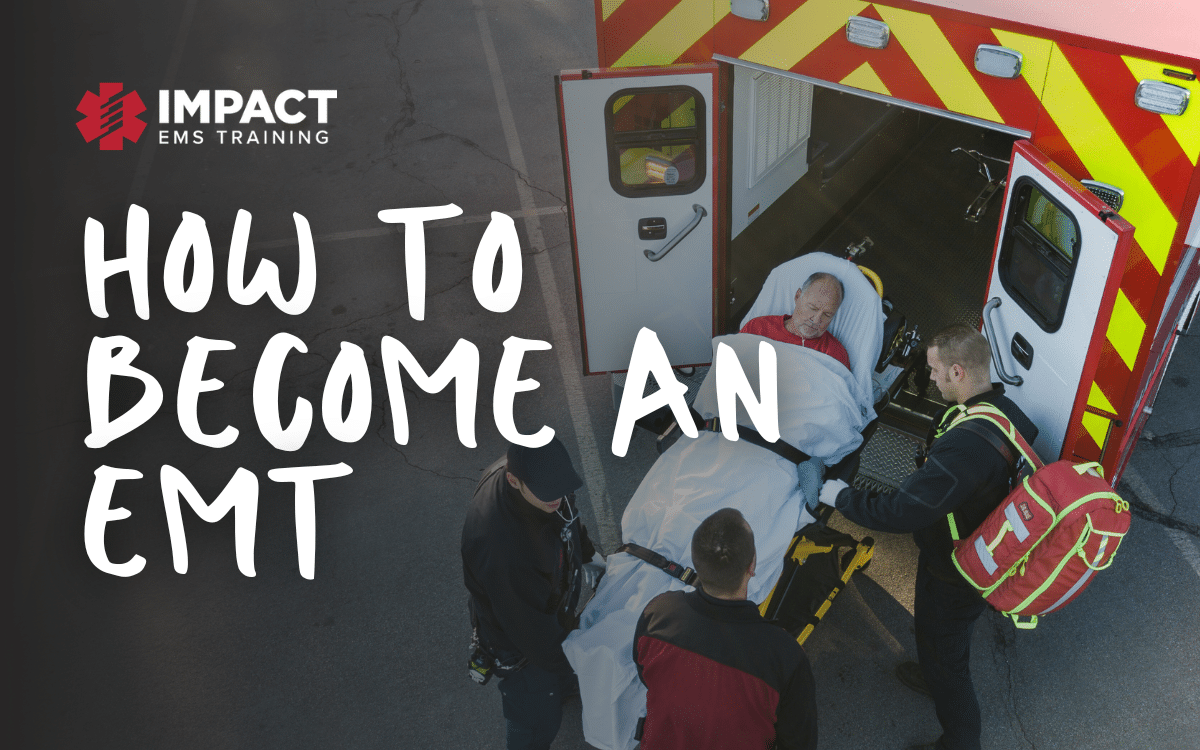Intranasal: The Perfect Route?
Jeremy Singleton, RN, CEN
Intranasal (IN) administration of medications is an excellent tool that serves a wide variety of situations that may be seen in the prehospital/emergency environment. The ability to deliver medication in seconds without a needle saves the patient from a potentially traumatic experience while allowing the clinician to initiate treatment much quicker than most other methods. Why is this route so effective, what drugs can be used, what factors affect absorption, and what is the proper way to administer? This will all be answered as we look at some of the latest studies investigating this therapy.
Physiology
Administering a drug via the IN route consists of taking a small amount of liquid medication and injecting it via an atomizer through the nostril to coat the highly vascular nasal mucosa with a fine layer of medication. The medication is rapidly absorbed into the bloodstream, unaffected by the first-pass metabolism of the liver that can result in lower levels of drug reaching the circulation, also known as bioavailability. Compared to other non-invasive routes, intranasal administration shows good bioavailability with an onset of around 5-10 minutes. This will often be specific to the drug as the absorption depends on the chemical composition (lipophilicity). The list of medications we use most via the IN route includes naloxone, flumazenil, ketamine, fentanyl, hydromorphone, midazolam, lorazepam, dexmedetomidine, butorphanol, insulin, and haloperidol.1,2
| Intravenous | 100% |
| Intramuscular | 93% |
| Intranasal | 45-50% |
| Sublingual | 30% |
| Oral | 16-29% |
The table above shows an estimate of ketamine’s bioavailability via different administration routes. As you can see, the IN and PO route concentrations vary due to factors affecting absorption and metabolism.
Technique
The exact technique will vary depending on your equipment/protocols but the procedure is relatively standardized. The ideal amount of liquid drug for adults is around 0.2-0.3 ml per nostril, max 1 ml in most cases. As expected, these figures will be lower for our pediatric patients. This means you should be using the concentrated formulations where available! When drawing up your medication, be sure to account for the “dead space” of the device (atomizer) you are using, typically around 0.1 ml. If administering to a pediatric patient you will want to approach from the side and have support to stabilize the head. While this is (in most cases) not as traumatic as a needle, the procedure is still unpleasant. The device should be placed in an “up and out” direction, slightly pointing to the top of the ear on the same side and delivered as quickly as possible to effectively “atomize” the liquid with the pressure created inside the syringe. This will ensure that the liquid is dispersed in a fine mist across the mucosa rather than trickling out of the nose. Some medications can be expected to leak out depending on the quantity. The patient does not need to sniff or inhale during delivery.
Application
As mentioned earlier, rapid absorption provides quick relief secondary to drug levels peaking just a few minutes after delivery. This is great when we need to provide “medicine in motion,” as it takes little effort to initiate treatment that may help us further establish care for patients in distress. It is worth noting that this early peak means diminished duration, similar to IV doses, and repeat doses may have diminished effects. A practical scenario might involve IN ketamine for pain until an IV is established and opioids can be administered. In addition to the possibility of a synergistic analgesic relationship with opioids,3 ketamine has been shown to be as effective as IN fentanyl4,5 and IV/IM morphine.6 Additionally, administering ketamine IN has been shown to have minor adverse effects that are well-tolerated compared to the possibility of much worse reactions when pushed IV.
Does this mean we can forget about all the other routes and just start squirting all our drugs up the nose? Unfortunately, there are definitely limitations as discussed in the points above. It’s clear that the benefits of IN make it perfect for a patient that may need immediate intervention but doesn’t have an IV yet (seizures). On the other hand, there are also many instances where IM may be a better option both for the increased duration and much higher/more reliable bioavailability. These factors should always be considered, as well as any factors that may decrease the effectiveness of IN administration. The ability to utilize the IN route either standalone or as an adjunct to other therapies can improve our management of patients in a multitude of scenarios while also prioritizing efficient transport and care.
References
- Grassin-Delyle S, Buenestado A, Naline E, et al. Intranasal drug delivery: an efficient and non-invasive route for systemic administration: focus on opioids. Pharmacol Ther. 2012;134(3):366‐379. doi:10.1016/j.pharmthera.2012.03.003
- Bailey AM, Baum RA, Horn K, et al. Review of Intranasally Administered Medications for Use in the Emergency Department. J Emerg Med. 2017;53(1):38‐48. doi:10.1016/j.jemermed.2017.01.020
- Subramaniam K, Subramaniam B, Steinbrook RA. Ketamine as adjuvant analgesic to opioids: a quantitative and qualitative systematic review. Anesth Analg. 2004;99(2):. doi:10.1213/01.ANE.0000118109.12855.07
- Frey TM, Florin TA, Caruso M, Zhang N, Zhang Y, Mittiga MR. Effect of Intranasal Ketamine vs Fentanyl on Pain Reduction for Extremity Injuries in Children: The PRIME Randomized Clinical Trial. JAMA Pediatr. 2019;173(2):140‐146. doi:10.1001/jamapediatrics.2018.4582
- Graudins A, Meek R, Egerton-Warburton D, Oakley E, Seith R. The PICHFORK (Pain in Children Fentanyl or Ketamine) trial: a randomized controlled trial comparing intranasal ketamine and fentanyl for the relief of moderate to severe pain in children with limb injuries. Ann Emerg Med. 2015;65(3):248‐254.e1. doi:10.1016/j.annemergmed.2014.09.024
- Shimonovich S, Gigi R, Shapira A, et al. Intranasal ketamine for acute traumatic pain in the Emergency Department: a prospective, randomized clinical trial of efficacy and safety. BMC Emerg Med. 2016;16(1):43. Published 2016 Nov 9. doi:10.1186/s12873-016-0107-0
Impact EMS offers accredited certification and refresher courses in one trusted location. Fully prepare for certification exams and maintain licensure with skill building credits.




